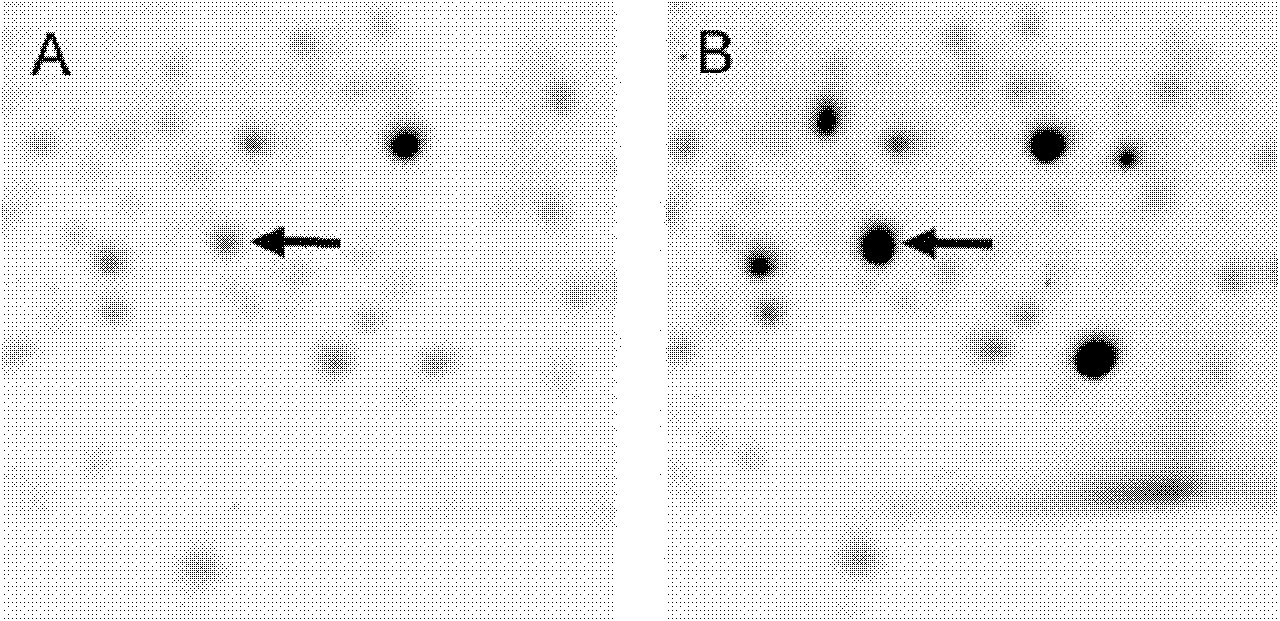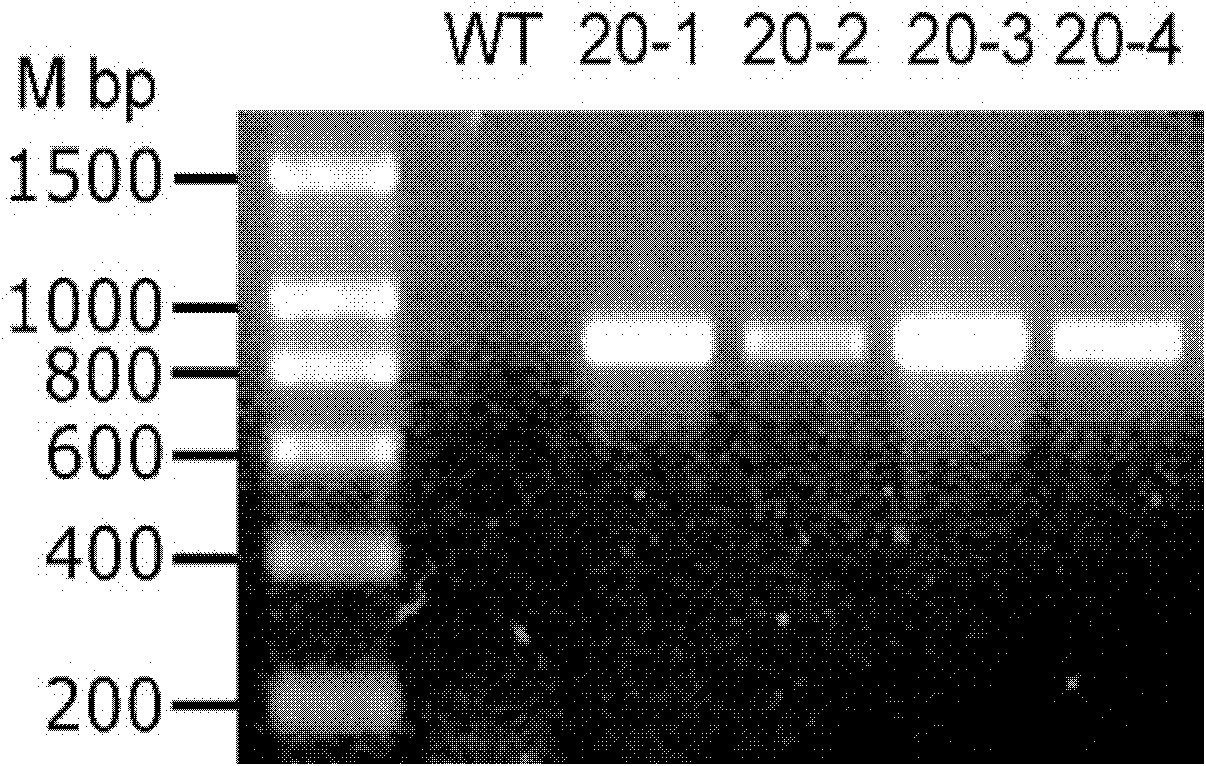Bryophyte reversal-resistant protein PpLEA3-20 and encoding gene and application thereof
A technology encoding genes and plant stress resistance, applied in the fields of bryophyte stress tolerance protein PpLEA3-20 and its encoding genes and applications, to achieve the effect of improving drought tolerance
- Summary
- Abstract
- Description
- Claims
- Application Information
AI Technical Summary
Problems solved by technology
Method used
Image
Examples
Embodiment 1
[0044] Example 1. Screening of moss stress tolerance-related protein PpLEA3-20 encoding gene PpLEA3-20 and its cDNA clone.
[0045] Physcomitrella patens drought treatment: Physcomitrella patens (Physcomitrella patens) grown on BCD medium (Geng Xuke et al., 2008 Plant Gene Targeting——Application of Model Plant Physcomitrella patens. Biological Bulletin, 43 (4) : 13-15; the public can obtain from Capital Normal University) the stem and leaf bodies are transferred to the soaked filter paper, put into a 500ml beaker, and seal with absorbent paper. The drought treatment is carried out in a cultivation room with a temperature of 24±1° C. and a relative humidity of 30±5%. After 3 days, the desiccated stem and leaf bodies were taken out for protein extraction. Take the stem and leaf body without drought treatment as the control experiment.
[0046] The protein extraction of Physcomitrella patens stems and leaves adopts the method of combining step-by-step extraction and phenol extr...
Embodiment 2
[0051] Example 2, Transgenic PpLEA3-20 gene cultivation of drought-tolerant plants and its detection and analysis
[0052] 1) Construction of PpLEA3-20 expression vector pCU-PpLEA3-20
[0053] Insert the maize Ubiquitin promoter shown in Sequence 3 in the sequence listing (amplified from maize genomic DNA using 5'-CCAAGCTTAAGCTTTCTAGTGCAGTGCAGCGTGAC-3' and 5'-GGGGTACCCTGCAGCCTCTAGTGCAGAAGTAACACCA-3' as primers) into the plant binary expression vector pC1390 (purchased from Cambia, Queenslan d.Australia) in the HindIII and KpnI sites constitute the intermediate vector pC1390-Ubi. The cDNA fragment of the PpLEA3-20 gene amplified in the above-mentioned Example 1 was double-digested with Spe I and Kpn I, and inserted forward into the Ubiquitin promoter of the intermediate vector pC1390-Ubi to obtain a recombinant vector. The recombinant expression vector of the PpLEA3-20 gene containing the 1-829th deoxyribonucleotide from the 5' end of the sequence 1 in the sequence listing is ...
PUM
 Login to View More
Login to View More Abstract
Description
Claims
Application Information
 Login to View More
Login to View More - R&D
- Intellectual Property
- Life Sciences
- Materials
- Tech Scout
- Unparalleled Data Quality
- Higher Quality Content
- 60% Fewer Hallucinations
Browse by: Latest US Patents, China's latest patents, Technical Efficacy Thesaurus, Application Domain, Technology Topic, Popular Technical Reports.
© 2025 PatSnap. All rights reserved.Legal|Privacy policy|Modern Slavery Act Transparency Statement|Sitemap|About US| Contact US: help@patsnap.com



